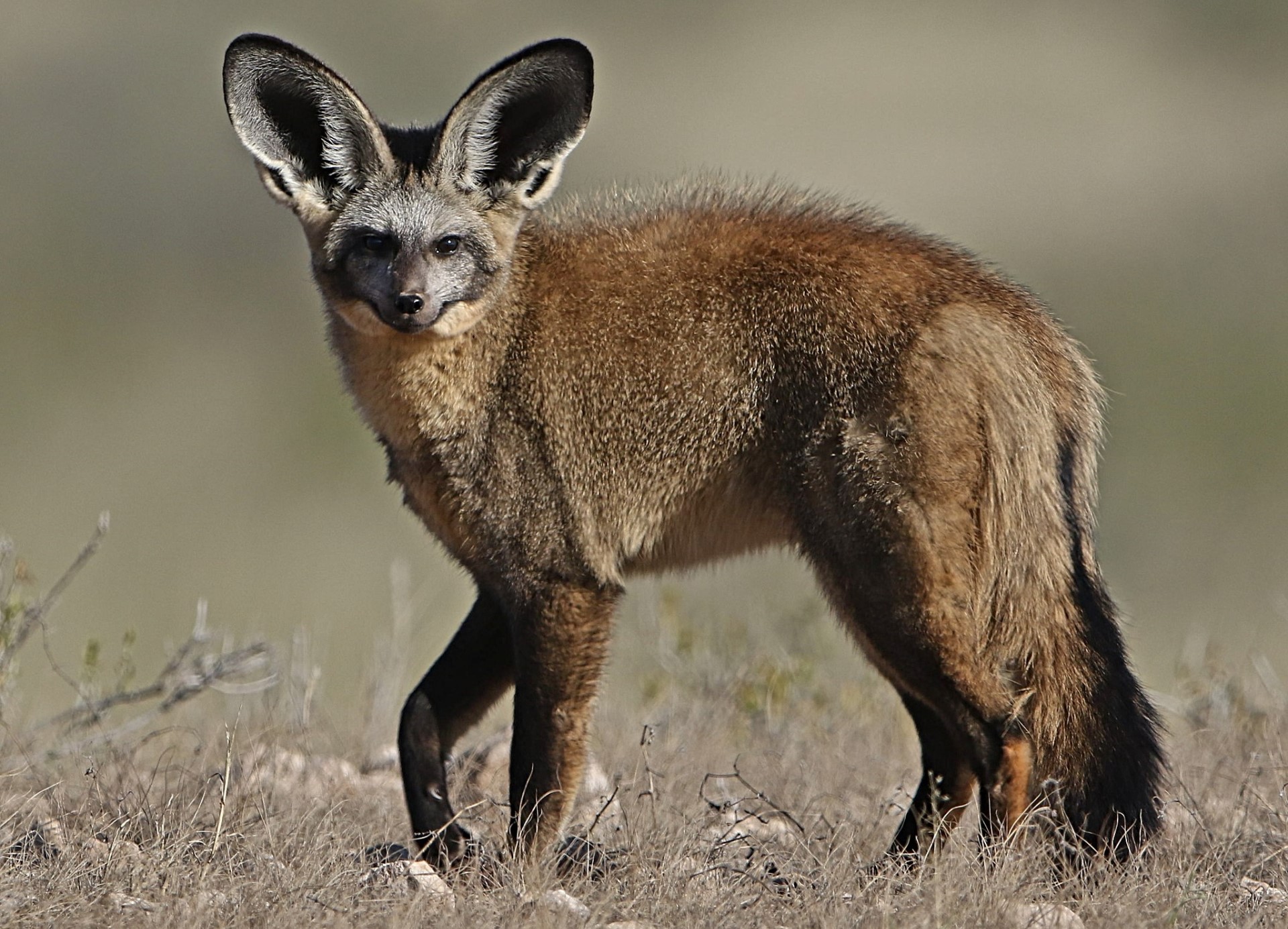Southern Giraffe
The Southern Giraffe (also known as the 2 horned giraffe) is the most numerous, with a population of around 44,000 (out of the remaining 68,000 giraffes that live in the wild).
Their range includes South Africa, Angola, Namibia, Botswana, Zambia, Zimbabwe and Mozambique. Also, with the majority of their population residing in fortress reserves, such as Kruger, this is likely the safest sub-species.
There are 2 subspecies of this giraffe that are recognized.
- Firstly the Angolan giraffe which is found in Northern Namibia, South-west Zambia, Botswana and western Zimbabwe. A 2009 genetic study found that the Northern Namib Desert and the Etosha National park population each form a separate sub species (so are not part of this subspecies) with this subspecies also has a white ear patch. Is found in northern Namibia, south-western Zambia, Botswana, and western Zimbabwe. . Around 13,000 animals are estimated to remain in the wild; and about 20 are kept in zoos.
- The South African giraffe is found in Northern South Africa, southern Botswana, southern Zimbabwe and the south west of Mozambique. It has darker and rounder patches. These patches continue down the legs, getting smaller.
- There are around 31,500 of this sub-species (almost 50% of the wild population) with just 45 in zoos
[smart_post_show id="14863"]



















